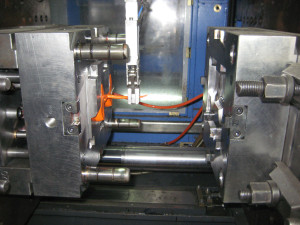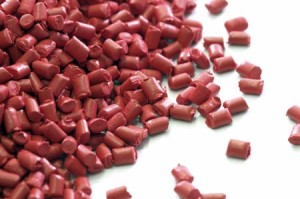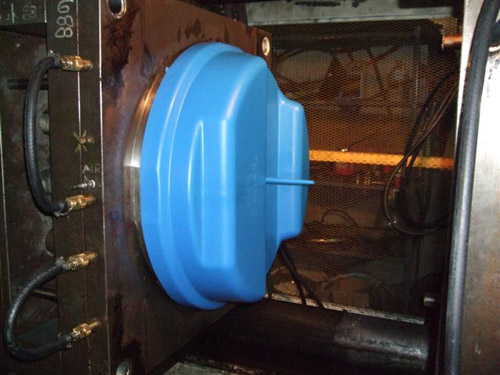One of the most commonly used processes in the production of plastic products is the process most often referred to as ‘Injection Moulding’. There are infinite reasons as to why the procedure of plastic injection moulding is popular. However, among the most common reasons given to its appeal is that as a means of goods production, the procedure can be used to produce huge amounts of identically shaped plastic items of a variety of purposes.
The items produced by Injection Moulders process range from easy and disposable consumer goods to necessary  engineering elements of high precision.
engineering elements of high precision.
The Basic Method
In one of the most conventional terms, the procedure of Plastic Injection Moulding involves the introduction of a particular material into the moulding device. The moulding machine is most commonly made up of a heated barrel equipped with a reciprocating screw, typically driven by a hydraulic or an electric motor. It then feeds molten plastic into a temperature level regulated split mould via a comprehensive network of gates and runners.
The plastic is melted by the reciprocating screw, which also then works as a ram during the process. The action of the screw on the plastic helps in contributing even more heat that can be used in this part of the procedure before the polymer injected into a mould. It is made in accordance with the required dimensions of the completed product preferred by the customer or client. The pressure associated with the production process when the polymer is infused into the mould is incredibly high, depending on the material being used at the same time.
 There are numerous business and companies who specialise in producing crucial components and products made from plastic via the process of injection moulding. There is also many companies that specialise in the production and supply of the moulds used in the injection moulding process.
There are numerous business and companies who specialise in producing crucial components and products made from plastic via the process of injection moulding. There is also many companies that specialise in the production and supply of the moulds used in the injection moulding process.
The significance of the procedure of Plastic Injection Moulding is shown by the fact that the service offered by the companies practising the process is in great demand by a substantial number of clients. They consist of those in expert markets such as aerospace and defence that require necessary specialist plastic goods and parts produced by this procedure. The process is most typically made use of in the production of most of the thermoplastics such as polystyrene and nylon.…

